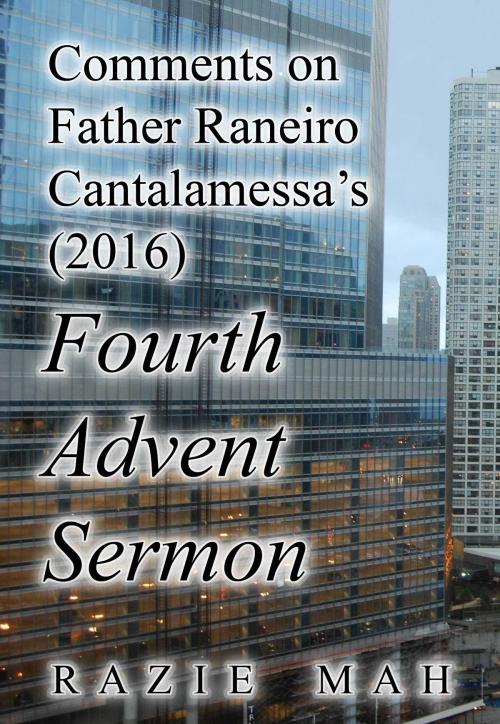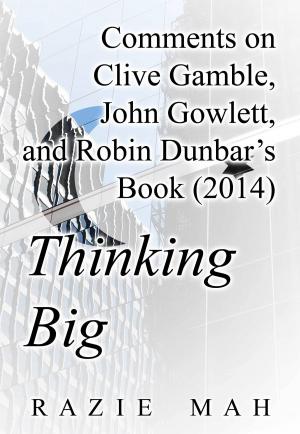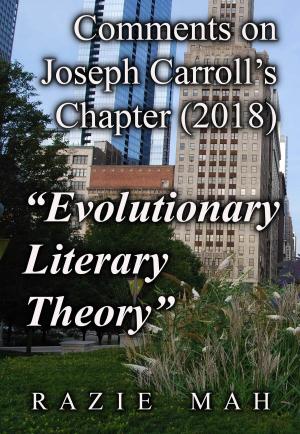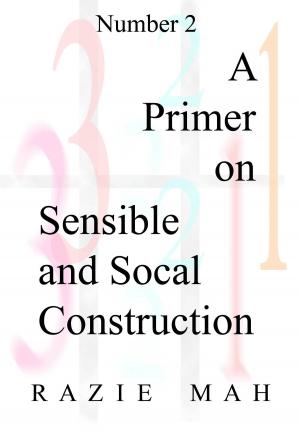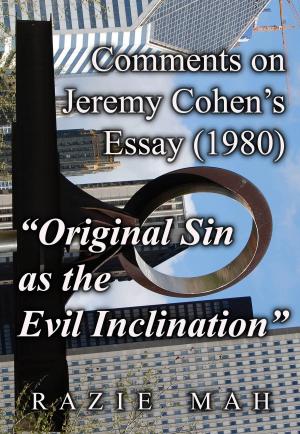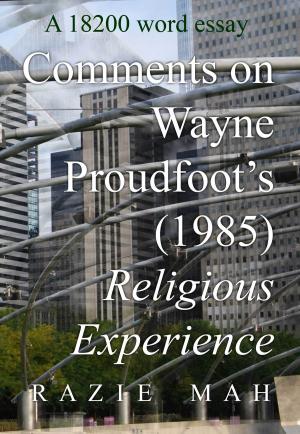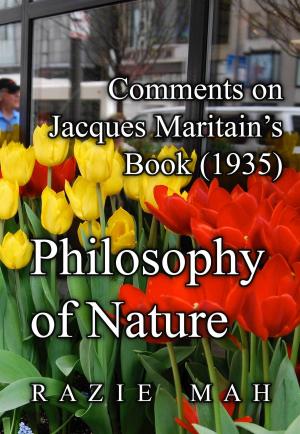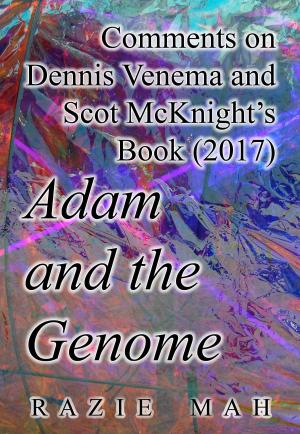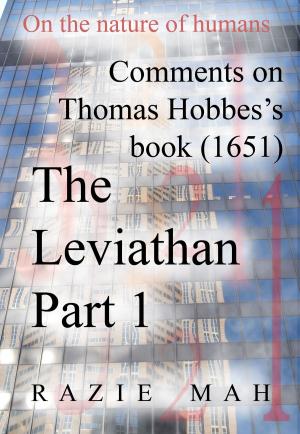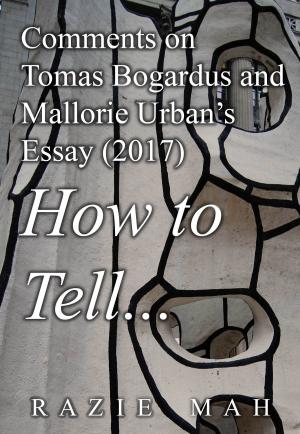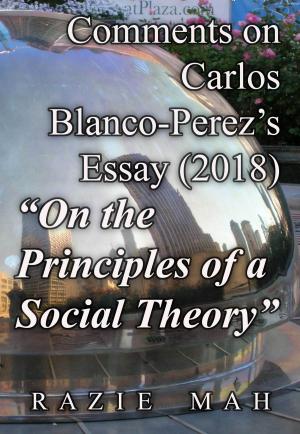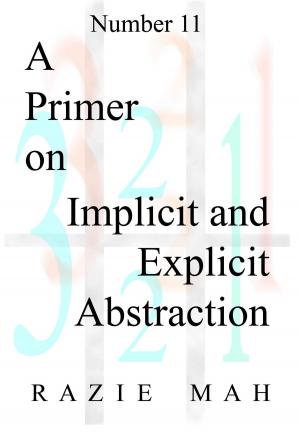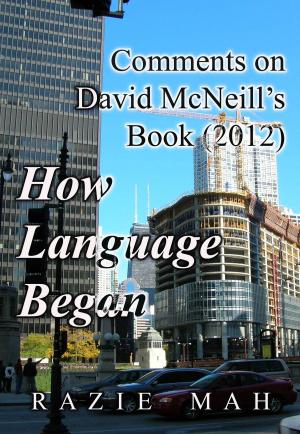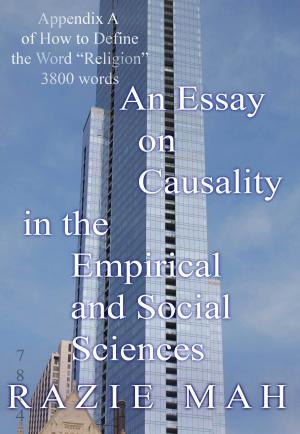Comments on Father Reniero Cantalamessa’s (2016) Fourth Advent Sermon
Nonfiction, Religion & Spirituality, Theology, Christianity| Author: | Razie Mah | ISBN: | 9781942824299 |
| Publisher: | Razie Mah | Publication: | February 11, 2017 |
| Imprint: | Smashwords Edition | Language: | English |
| Author: | Razie Mah |
| ISBN: | 9781942824299 |
| Publisher: | Razie Mah |
| Publication: | February 11, 2017 |
| Imprint: | Smashwords Edition |
| Language: | English |
Father Raniero Cantalamessa’s fourth advent sermon (2016) concerns Mary in regards to Christmas. Mary is implicated in the physical birth of Jesus, in the entrance of the eternal one God into the here-and-now, and in the founding of the Church. She is a Mother of God, whose submission to God opened the way for God to enter time.
The category-based nested form re-articulates Cantalamessa’s points. Eternity is more than the continual presence of the here-and-now. The incarnation of one eternal God is a unique event that orders time. Two nested forms describe the incarnation. Also, two nested forms portray Mary’s submission.
Creation and the incarnation share a similar category-based structure. This structure associates with the meaning underlying the word “religion”. Social construction develops over time, as understanding matures. A scholastic expression of this social construction is the metaphor of the three births of Jesus, celebrated in three different masses on Christmas.
The meaning of the incarnation includes a historic mystery, its extension into the continuing present, and an eternal divine presence. A category-based nested form models each inclusion. The forms integrate into an interscope.
A circulation occurs among actualities in this interscope. Mary’s sanctity and submission flows upwards to the Father. Mary is human. The Father is divine. The divine fire and love flows from the eternal relation to Jesus. Jesus is both human and divine. The Church and the believer are nourished through this circulation.
Father Raniero Cantalamessa’s fourth advent sermon (2016) concerns Mary in regards to Christmas. Mary is implicated in the physical birth of Jesus, in the entrance of the eternal one God into the here-and-now, and in the founding of the Church. She is a Mother of God, whose submission to God opened the way for God to enter time.
The category-based nested form re-articulates Cantalamessa’s points. Eternity is more than the continual presence of the here-and-now. The incarnation of one eternal God is a unique event that orders time. Two nested forms describe the incarnation. Also, two nested forms portray Mary’s submission.
Creation and the incarnation share a similar category-based structure. This structure associates with the meaning underlying the word “religion”. Social construction develops over time, as understanding matures. A scholastic expression of this social construction is the metaphor of the three births of Jesus, celebrated in three different masses on Christmas.
The meaning of the incarnation includes a historic mystery, its extension into the continuing present, and an eternal divine presence. A category-based nested form models each inclusion. The forms integrate into an interscope.
A circulation occurs among actualities in this interscope. Mary’s sanctity and submission flows upwards to the Father. Mary is human. The Father is divine. The divine fire and love flows from the eternal relation to Jesus. Jesus is both human and divine. The Church and the believer are nourished through this circulation.
